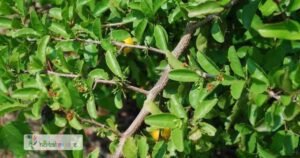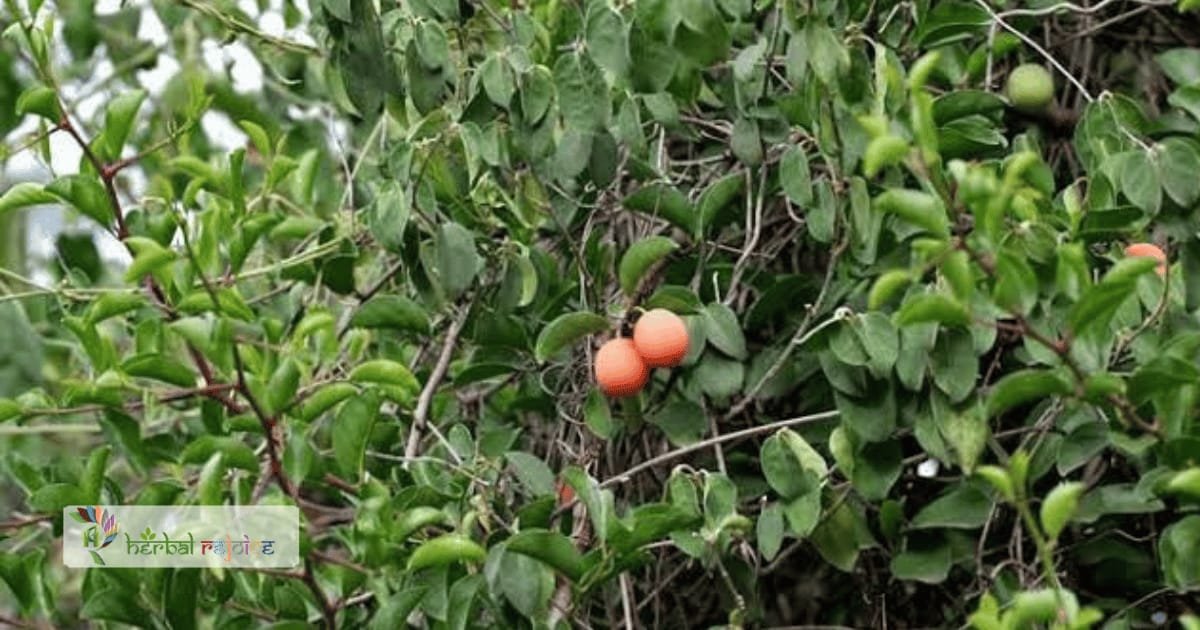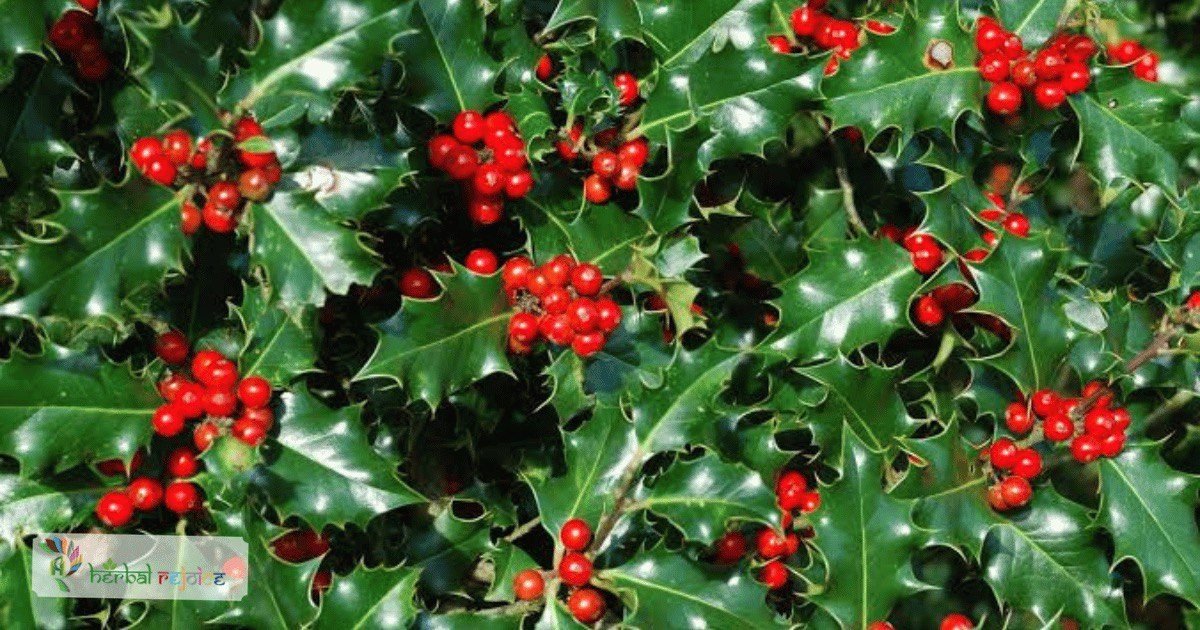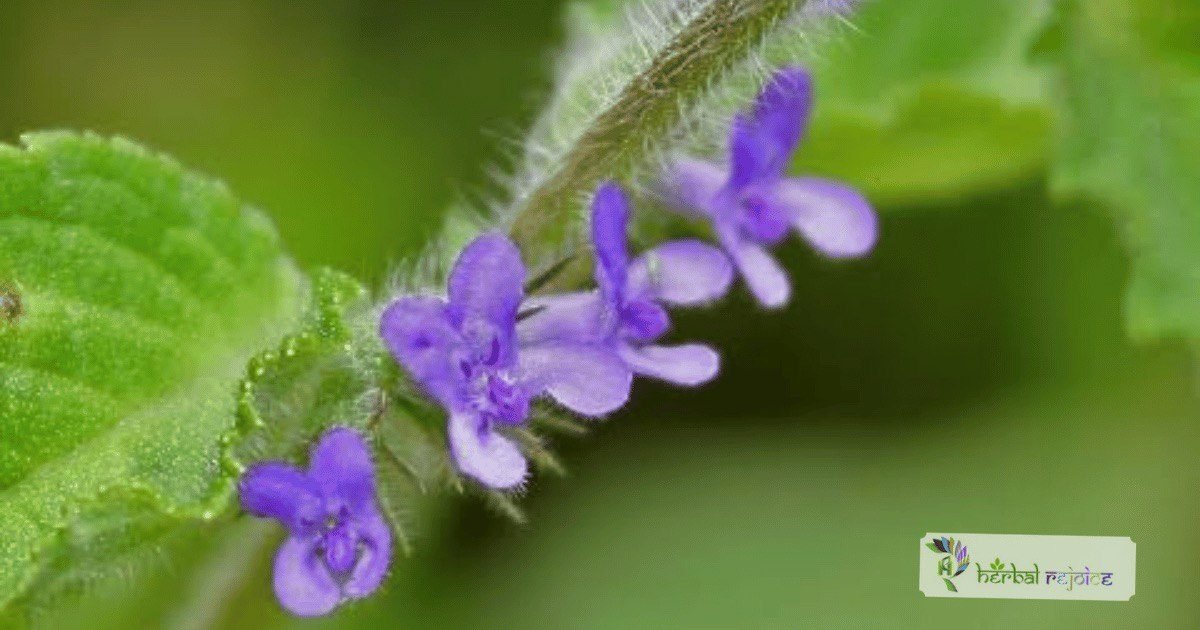Introduction
Tallow Wood or False Sandal-Wood (Ximenia americana Linn.) is a plant species from the Olacaceae family that can be found in both the Peninsulas and the Andaman Islands.
In Tamil, it is known as Chiru-illantai, Kadaranji, and Siruyilandai. The root and leaves of Tallow wood can be used to make a decoction, which is helpful in treating jaundice, diarrhea, and fevers.

Traditional Uses Of Tallow Wood
The fruits of the Tallow-Wood plant, also known as Wild Plum or Wild Olive, are often used as a substitute for lemon. Both the fruits and the seeds have laxative properties.
The root and leaves of the plant are used to make a decoction, which is given to individuals suffering from jaundice, diarrhea, and fevers. The root is also used to treat venereal diseases.
Additionally, the bark of the Tallow-Wood plant is astringent and can be applied to sores. In some cases, the wood is even used as a substitute for sandalwood.
Chemical Constituents Of Tallow Wood
The root of the Tallow-Wood plant contains fat that is rich in acetylenic acids, including ximenynic acid. The bark of the plant contains 17% tannin. Furthermore, an extract of the leaves has been found to contain free triterpenoids.
In primary tests on animals, an alcoholic extract of the plant showed antiviral and hypotensive activity. Another constituent found in the Tallow-Wood plant is sambunigrin, which is both cyanogenic and antimicrobial.
Interestingly, natural lignified products from the plant have been shown to significantly stimulate iodination of human peripheral blood polymorphonuclear cells. Finally, the fruit of the Tallow-Wood plant contains 60.3 mg/100 g of ascorbic acid.
Conclusion
In conclusion, the Tallow-Wood plant, scientifically known as Ximenia americana Linn., offers a variety of medicinal properties. Its fruits can be used as a substitute for lemon and have laxative properties.
The root and leaves can be used to make a decoction, which is helpful in treating jaundice, diarrhea, and fevers. The bark of the plant is astringent and can be used on sores.
Additionally, the wood of the Tallow-Wood plant can be used as a substitute for sandalwood. The plant contains various beneficial constituents, such as acetylenic acids, tannin, triterpenoids, and sambunigrin.
It has also shown antiviral, hypotensive, and antimicrobial activity. With its diverse range of medicinal properties, the Tallow-Wood plant is a valuable resource in traditional medicine.
Frequently Asked Questions(FAQs)
What are the common names of the Tallow-Wood plant?
The Tallow-Wood plant is also known as Wild Plum or Wild Olive.
What are the medicinal uses of the Tallow-Wood plant?
The fruits of the Tallow-Wood plant can be used as a substitute for lemon and have laxative properties. The root and leaves can be used to make a decoction, which is beneficial for individuals suffering from jaundice, diarrhea, and fevers.
What is the astringent property of the Tallow-Wood plant?
The bark of the Tallow-Wood plant is astringent and can be applied to sores.
Is the wood of the Tallow-Wood plant useful?
Yes, the wood of the Tallow-Wood plant can be used as a substitute for sandalwood.
What are the beneficial constituents found in the Tallow-Wood plant?
The Tallow-Wood plant contains acetylenic acids, tannin, triterpenoids, and sambunigrin.
What are the potential health benefits of the Tallow-Wood plant?
The Tallow-Wood plant has shown antiviral and hypotensive activity in primary tests on animals.
How does the Tallow-Wood plant help in treating venereal diseases?
The root of the Tallow-Wood plant is used to treat venereal diseases.
Can the Tallow-Wood plant be used in treating jaundice?
Yes, the decoction made from the root and leaves of the Tallow-Wood plant is given to individuals suffering from jaundice.
Does the Tallow-Wood plant have any antimicrobial properties?
Yes, sambunigrin, a constituent found in the Tallow-Wood plant, is antimicrobial.
What is the vitamin C content of the Tallow-Wood fruit?
The fruit of the Tallow-Wood plant contains 60.3 mg/100 g of ascorbic acid (vitamin C).
What is the traditional Tamil name for the Tallow-Wood plant?
In Tamil, the Tallow-Wood plant is known as Chiru-illantai, Kadaranji, and Siruyilandai.
Can the Tallow-Wood plant be found in the Andaman Islands?
Yes, the Tallow-Wood plant can be found in both the Peninsulas and the Andaman Islands.
What are the anti-inflammatory properties of the Tallow-Wood plant?
The root and leaves of the Tallow-Wood plant have anti-inflammatory properties.
Can the Tallow-Wood plant be used in treating fevers?
Yes, the decoction made from the root and leaves of the Tallow-Wood plant can be used to treat fevers.
What is the fat content of the Tallow-Wood plant?
The root of the Tallow-Wood plant contains fat that is rich in acetylenic acids, including ximenynic acid.
How does the Tallow-Wood plant help in treating diarrhea?
The decoction made from the root and leaves of the Tallow-Wood plant can be used to treat diarrhea.
What is the tannin content in the Tallow-Wood plant?
The bark of the Tallow-Wood plant contains 17% tannin.
Can the Tallow-Wood plant be used as a substitute for sandalwood?
Yes, the wood of the Tallow-Wood plant can be used as a substitute for sandalwood.
Does the Tallow-Wood plant have any antiviral properties?
Yes, in primary tests on animals, an alcoholic extract of the Tallow-Wood plant showed antiviral activity.
Does the extraction of leaves from the Tallow-Wood plant have any specific benefits?
The extract of the leaves from the Tallow-Wood plant has been found to contain free triterpenoids.





